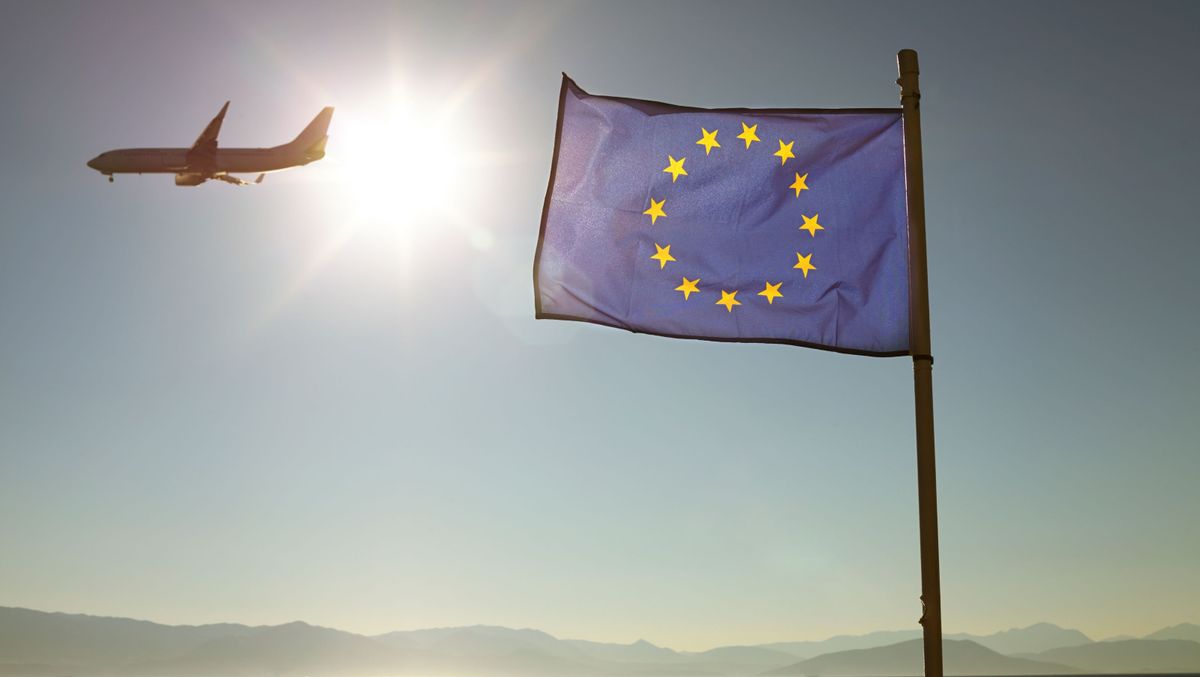Gambling
How one Hanukkah tradition originated in European gambling

SCOTT SIMON, HOST:
The past three nights, many Jewish families have gathered to celebrate Hanukkah. Many families like to spin the dreidel. The classic Hanukkah toy originally had little to do with Hanukkah. Deena Prichep tells the story.
DEENA PRICHEP, BYLINE: The dreidel is a four-sided spinning top. Gather a pile of prizes – usually pennies or chocolate coins – spin the dreidel, and the side you land on determines whether you get a prize or give one up.
EMMETT WEINTRAUB: If you get a gimmel, like Eli just did, you would take all the pieces.
PRICHEP: Nine-year-old Emmett Weintraub is a fan of dreidel.
EMMETT: It is a pretty good game. It can be played anywhere. Simple, and it’s fun.
PRICHEP: Although part of the reason Emmett and his brother are so into it may have something to do with the chocolate coins they’re playing for.
ELI WEINTRAUB: My turn. Steal that little one.
(SOUNDBITE OF DREIDEL SPINNING)
PRICHEP: But Dreidel didn’t start out as a Hanukkah game. It was just a game played by Jews and non Jews alike.
JORDAN CHAD: Sort of a generic spinning top that was just played across Europe since the beginning of the early modern period.
PRICHEP: Jordan Chad is a researcher with the University of Toronto’s Center for Jewish Studies. He says this toy was called a variety of things.
CHAD: So in English, if they called it a teetotum, but Jews most commonly called it a dreidel. Dreyen is to spin.
PRICHEP: Each version of this top had some sort of marker on each side. The dreidel’s letters stood for the Yiddish words explaining the rules kids are still using.
CHAD: If it lands on nun, nisht, that’s nothing. If it lands on gimmel, gantz, take all. If it lands on shin, shtel, you put in. If it lands on hey, halb, half.
PRICHEP: The dreidel was played at Hanukkah, but also at Purim, at weddings, parties. But Chad said that changed at the turn of the 20th century as European Jews left Europe.
CHAD: Jews needed to construct their own Jewish identity in the new world. And one of the ways they did that is try to take their old customs and reclaim them as something that’s authentically Jewish.
PRICHEP: And so, the dreidel moved from generic European toy to Hanukkah tradition, and people popularized a Hanukkah phrase in Hebrew using the letter on each side of the dreidel. Nun, gimmel, hey and shin no longer stand for gambling rules.
CHAD: This stands for nes gadol haya sham – a great miracle happened there, which specifically refers to the miracle of Hanukkah.
PRICHEP: The miracle where a small bit of oil lasted eight days. Turning an everyday thing into a religious touchstone is actually more common than you might think, says David Zvi Kalman. He’s a research fellow at the Shalom Hartman Institute, a Jewish research center, and works on religion and technologies.
DAVID ZVI KALMAN: Sometimes what happens with objects is everyone stops using it except for you. And when that happens, the object becomes your object and that’s kind of what happened with the dreidel.
PRICHEP: Kalman says it’s like how the Torah is still written on a scroll. As other cultures moved on to the codex and then the book, the choice to keep an outdated scroll turned something that had been common into something significant.
KALMAN: I like to call it meaning making through attrition.
PRICHEP: The format, the technology, becomes a symbol of something greater, which can even happen for something as small as a dreidel.
KALMAN: It was never really about the game. It was about the experience. It was about spending time with your family, doing something while you’re watching the candles burn.
PRICHEP: And so this gambling toy that didn’t even start out specifically for Hanukkah or even specifically Jewish, is now part of tradition, connecting kids to the Hanukkah story and the larger Jewish story. And chocolate coins.
ELI: My turn.
PRICHEP: For NPR News, I’m Deena Prichep.
(SOUNDBITE OF SONG, “DREI DREIDELE”)
MOISHE OYSHER: (Singing in Yiddish). Transcript provided by NPR, Copyright NPR.
NPR transcripts are created on a rush deadline by an NPR contractor. This text may not be in its final form and may be updated or revised in the future. Accuracy and availability may vary. The authoritative record of NPR’s programming is the audio record.









